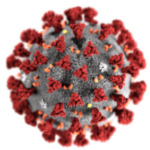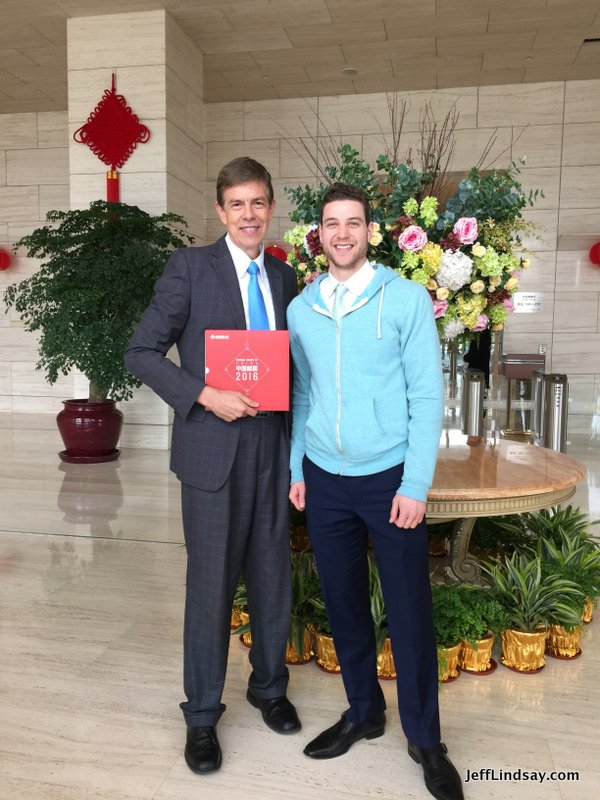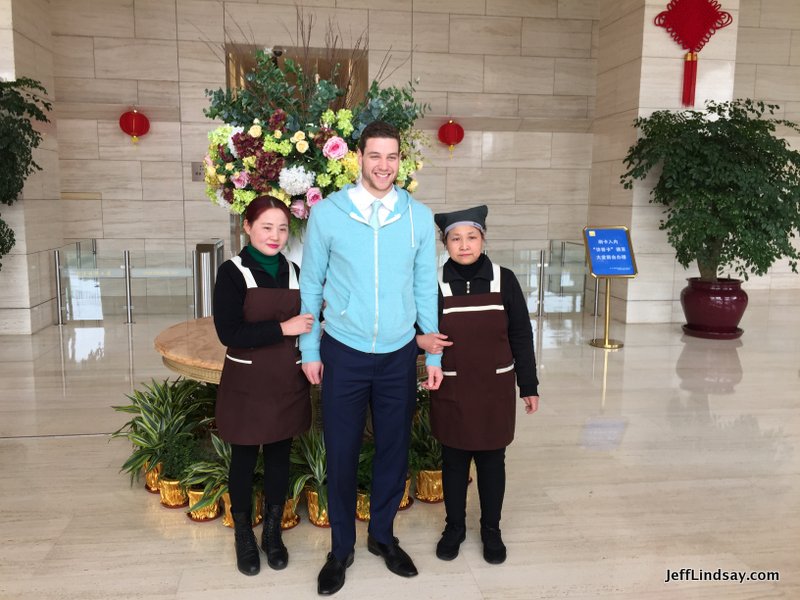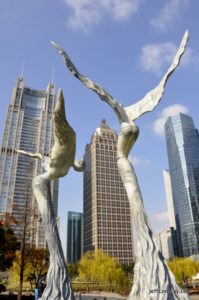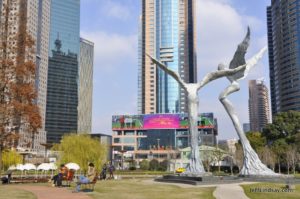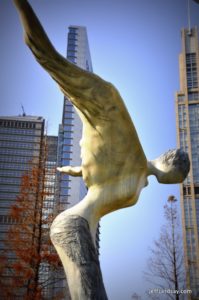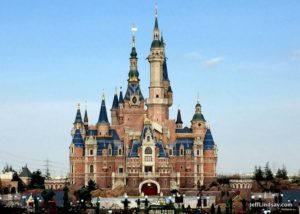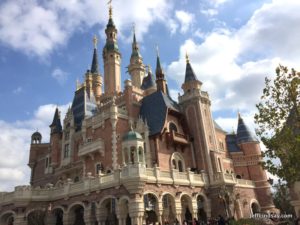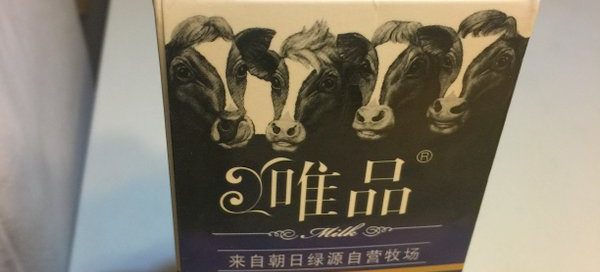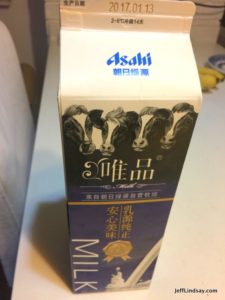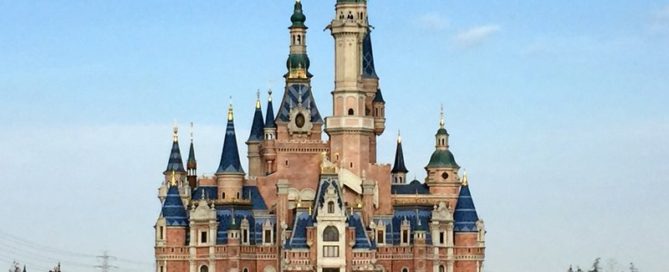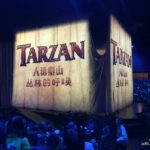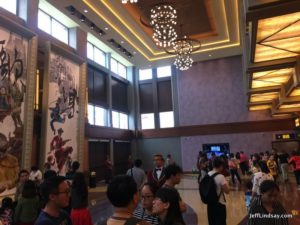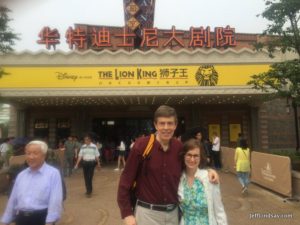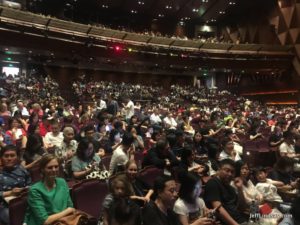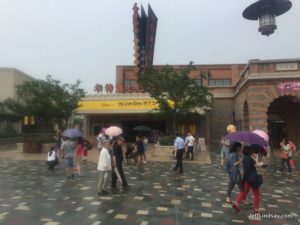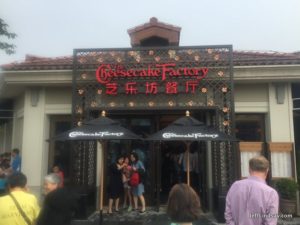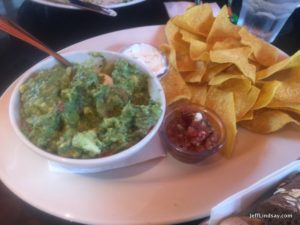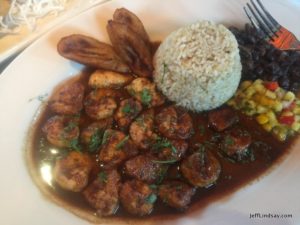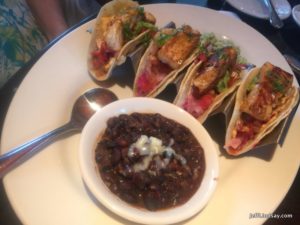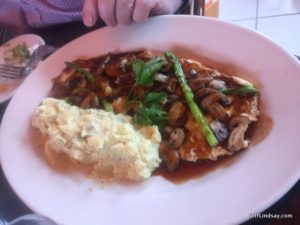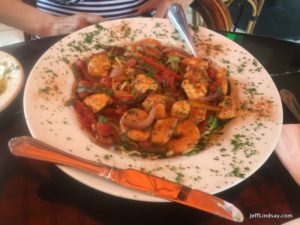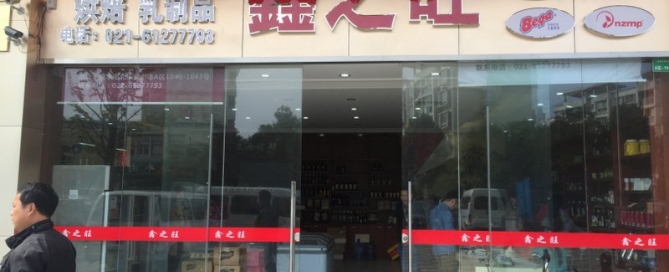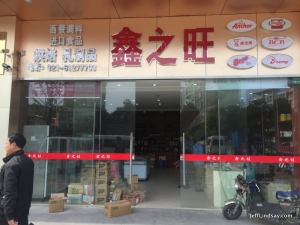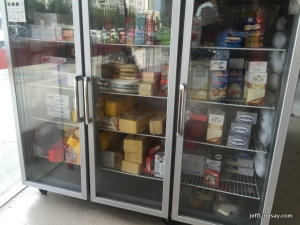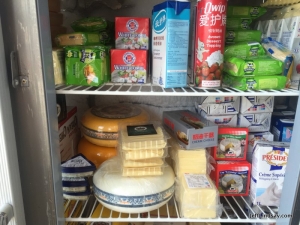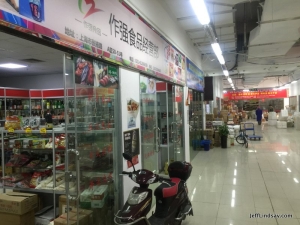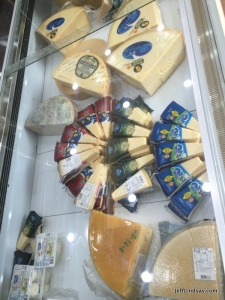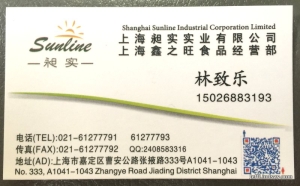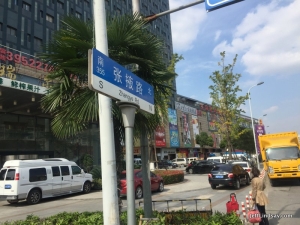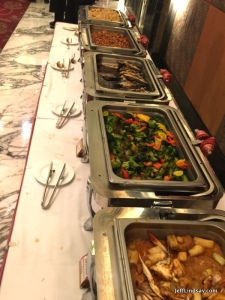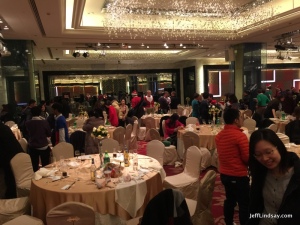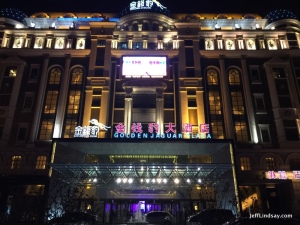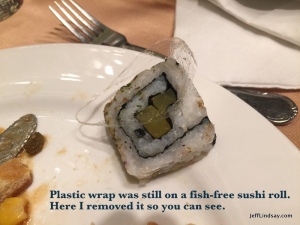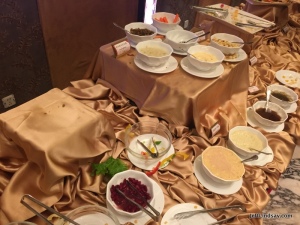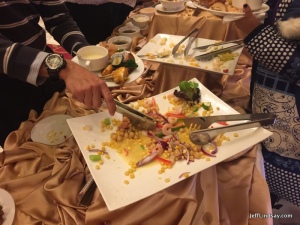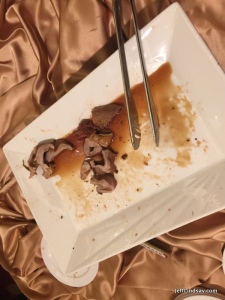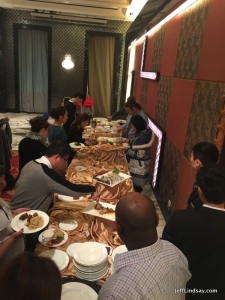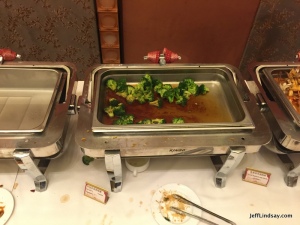India’s Dangerous Ban on Rice Exports (Non-Basmati Rice)
 I’m really pained by the news that India is banning the export of non-basmati rice as a desperate measure to momentarily make inflation seem to soften a little.
I’m really pained by the news that India is banning the export of non-basmati rice as a desperate measure to momentarily make inflation seem to soften a little.
Some of my choices experiences in my 9 years in China came from our very unusual friendship with a farmer family far from Shanghai in a village of 185 people in Jiangxi Province. We visited them several times and ate their food, including the tastiest and freshest snakes I’ve ever eaten (seriously, though it’s a small sample size) and lots of home-grown produce. We drank their well water. We saw the pain and anguish in their lives struggling with health care challenges and the absence of many comforts I count on.
I think of how hard it was for them to get ahead, in spite of constant hard work, and then I think of the rice farmers in India in similar situations. Many have invested much to be able to plant and harvest rice, counting on the ability to sell it at market prices on the international market. Suddenly the government of India has made their lives and the lives of many in the rice industry much harder by taking away their ability to sell to those who who were planning to buy their rice.
It’s seizing profits from rice farmers and redistributing it to others to say, “Look! We solved the problem of inflation. Now rice is cheaper. We are heroes!” And it will be cheaper for one season. But what happens when farmers realize the government can change the rules at any moment and destroy their ability to make a living? What will they do? What will the rice harvest be next year? Why would anyone want to do the hard work of growing crops if the incentive to do so is uncertain?
Desperate governments without checks and balances can do unlimited “good” by forcing prices to be low. But all this does is destroy the incentives to produce. Food may be cheap, but there won’t be much. People can starve on cheap food with government help.
Inflation is not caused by greedy farmers seeking to make a profit. Profit is not the enemy. Inflation comes from growth in the money supply caused by greedy government, who gets to spend and increase their power at the expense of the masses. Steps to reduce inflation by banning exports, imposing price controls, punishing profits, etc., only make life worse and create misallocated resources, vast shortages, and more poverty for all except the elite who have their hands on the printing presses. Plus such measures will increase black markets and smuggling operations as people try to get past the artificial and authoritarian barriers that government creates. None of this is healthy.
India is the world’s largest exporter or rice, accounting for over 40% of exported rice. This will have a drastic effect on people around the world as rice will cost more — more in Africa, more in Central America, more everywhere.
Denmark, a breadbasket of the world, is turning on its farmers. India is punishing many farmers. Regulators all over who think central planning is the cure for all woes are making it hard for the workers of the world to rise up and make a decent living. Let’s stop the madness.


